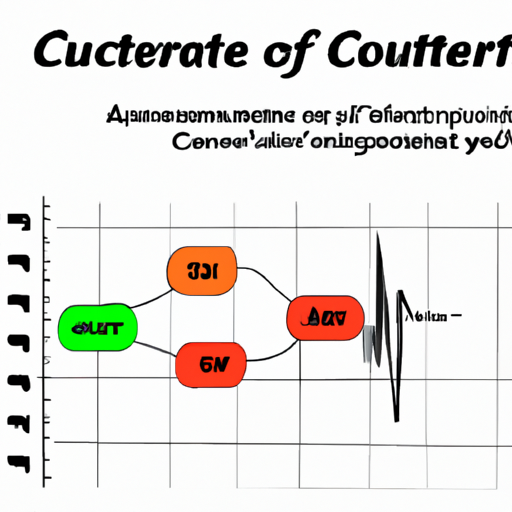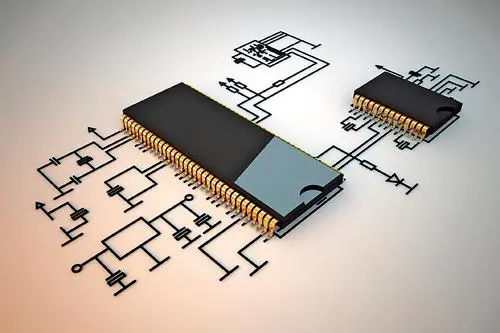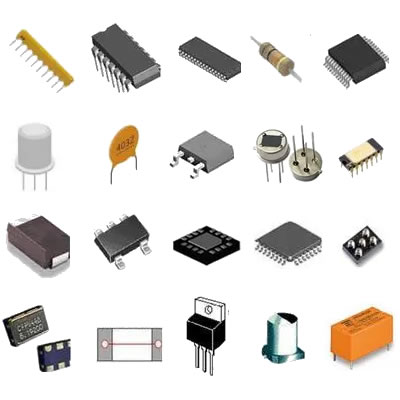What is the market prospect of inductor graphs?
What is the Market Prospect of Inductor Graphs?
I. Introduction
Inductor graphs are a specialized tool in electrical engineering that represent the relationships and interactions of inductors within electrical circuits. These graphs provide a visual and mathematical framework for analyzing complex circuits, making them essential for engineers and researchers alike. As the demand for advanced electrical systems continues to grow, understanding the market prospects of inductor graphs becomes increasingly important. This article aims to explore the current landscape, technological advancements, challenges, and future opportunities associated with inductor graphs.
II. Overview of Inductor Graphs
A. Explanation of Inductor Graphs
Inductor graphs are graphical representations that illustrate the connections and interactions between inductors in a circuit. They consist of nodes (representing inductors) and edges (representing the relationships between them). The mathematical representation of inductor graphs often involves the use of matrices to describe the circuit's behavior, allowing for efficient analysis and simulation.
B. Applications of Inductor Graphs
Inductor graphs find applications in various domains, including:
1. **Circuit Design and Analysis**: Engineers use inductor graphs to design and analyze circuits, ensuring that they function as intended. By visualizing the relationships between inductors, engineers can optimize circuit performance and troubleshoot issues.
2. **Signal Processing**: In signal processing, inductor graphs help in the design of filters and amplifiers, enabling the manipulation of signals for various applications, from telecommunications to audio engineering.
3. **Power Systems**: Inductor graphs play a crucial role in power systems, where they help in the analysis of inductive loads and the stability of electrical grids.
C. Historical Context
The development of inductor graphs can be traced back to the early days of electrical engineering when engineers sought to simplify the analysis of complex circuits. Over the years, the applications of inductor graphs have evolved, expanding into new areas such as renewable energy systems and electric vehicles.
III. Current Market Landscape
A. Key Players in the Industry
The market for inductor graphs is supported by a mix of established companies and emerging startups. Major players include software firms that develop circuit simulation tools, as well as research institutions that focus on advancing the theoretical foundations of inductor graphs. Startups are also entering the market with innovative solutions that leverage inductor graphs for specific applications.
B. Market Size and Growth Trends
The current market for inductor graphs is valued at several billion dollars, with a projected growth rate of approximately 8% annually over the next five years. This growth is driven by the increasing complexity of electrical systems and the need for efficient design and analysis tools.
C. Geographic Distribution
The demand for inductor graphs is widespread, with key markets in North America, Europe, and the Asia-Pacific region. North America leads in terms of technological advancements and research, while Asia-Pacific is experiencing rapid growth due to the expansion of the electronics industry.
IV. Technological Advancements
A. Innovations in Inductor Graphs
Recent innovations in inductor graphs include the development of advanced software tools that facilitate simulation and modeling. These tools allow engineers to visualize circuit behavior in real-time, improving the design process. Additionally, the integration of artificial intelligence (AI) and machine learning is enhancing the capabilities of inductor graphs, enabling more accurate predictions and optimizations.
B. Impact of Emerging Technologies
Emerging technologies such as the Internet of Things (IoT), renewable energy systems, and electric vehicles are significantly impacting the market for inductor graphs. As these technologies become more prevalent, the need for sophisticated circuit analysis tools will continue to grow, creating new opportunities for inductor graph applications.
V. Challenges and Limitations
A. Technical Challenges
Despite their advantages, inductor graphs face several technical challenges. The complexity of modeling and simulation can be daunting, particularly for large-scale circuits. Additionally, current methodologies may have limitations that hinder their effectiveness in certain applications.
B. Market Challenges
The market for inductor graphs is also challenged by competition from alternative technologies, such as digital simulation tools and other circuit analysis methods. Regulatory and compliance issues can further complicate the adoption of inductor graphs in certain industries.
C. Economic Factors
Economic conditions play a significant role in the market for inductor graphs. Investment trends can fluctuate based on global economic conditions, impacting research and development efforts in this field.
VI. Future Prospects
A. Potential Growth Areas
The future of inductor graphs looks promising, with potential growth areas in various industries. Expanding applications in telecommunications, automotive, and renewable energy sectors present opportunities for innovation and development. Research and development efforts focused on improving the accuracy and efficiency of inductor graphs will also drive growth.
B. Predictions for Market Evolution
In the short term, the market for inductor graphs is expected to continue its upward trajectory, driven by increasing demand for advanced circuit analysis tools. In the long term, the role of government and private sector investment will be crucial in shaping the future of inductor graphs, particularly as new technologies emerge.
C. Strategic Recommendations for Stakeholders
To capitalize on the growing market for inductor graphs, stakeholders should consider fostering collaboration between academia and industry. This collaboration can lead to innovative solutions and advancements in the field. Additionally, a focus on sustainability and efficiency will be essential as industries strive to meet environmental goals.
VII. Conclusion
In summary, the market prospects for inductor graphs are robust, driven by their critical role in electrical engineering and the increasing complexity of modern circuits. As technological advancements continue to shape the landscape, the demand for inductor graphs is expected to grow. However, stakeholders must navigate challenges and invest in research and development to fully realize the potential of inductor graphs. The future holds exciting opportunities for innovation, making it an opportune time for further exploration and investment in this field.
VIII. References
A comprehensive list of academic journals, industry reports, and relevant books and articles would be included here to support the information presented in the article.
---
This blog post provides a detailed exploration of the market prospects of inductor graphs, covering their definition, applications, current landscape, technological advancements, challenges, and future opportunities. Each section is designed to inform and engage readers interested in the field of electrical engineering and circuit analysis.






